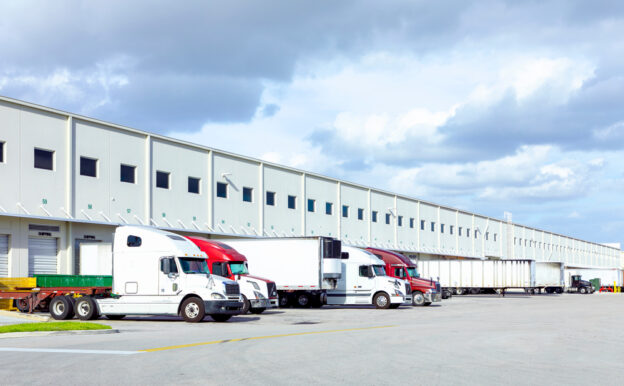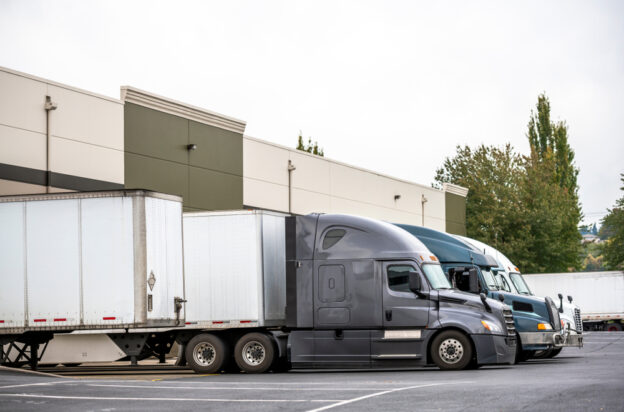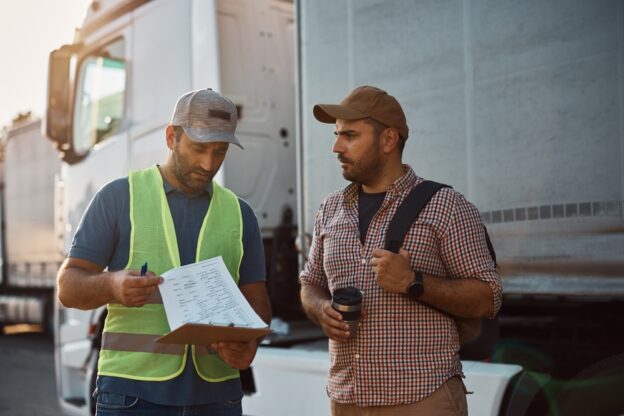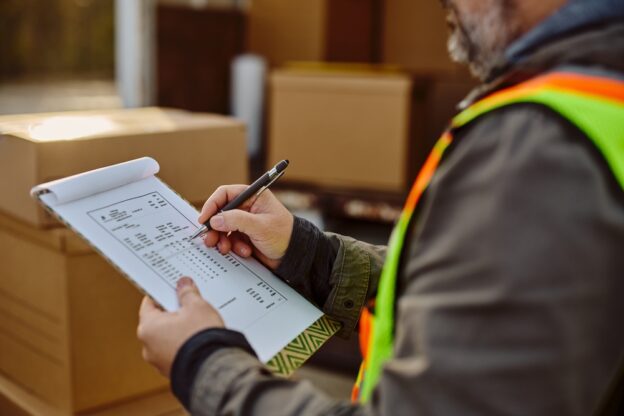What is a Freight Forwarder?
For the sake of example, say you’re shipping important freight halfway across the country. You need it to arrive at its final destination precisely at a certain time in order to appease your own customers and guarantee future success for your business.
One of the people you would enlist during this time is called a freight forwarder. They’re the person (or organization) that takes possession of your important items. They store them, pack them, ship them, and help make sure that everything gets exactly where it needs to go on-time and in full.
The Main Responsibilities of Freight Forwarders
Because a freight forwarder is handling your important shipment, they take a very direct role in everything that happens. In most situations, they’ll be responsible for covering your shipment by way of insurance. If something goes wrong, it is their responsibility to make it right.
While a freight forwarder won’t necessarily transport your important goods or other items directly, they will find the company that can. It’s a highly specialized job that comes with its own requirements, like the fact that any freight forwarder needs to be licensed under the Federal Motor Carrier Safety Administration. Also commonly referred to as the FMCSA for short, this is for both interstate and foreign freight.
Always ask to make sure that a company is licensed before you choose any particular one to work with.
What are the Benefits of Using Freight Forwarders?
In a general sense, the biggest benefit that comes with using freight forwarders has to do with how you get to leverage someone else’s years of experience to your advantage.
You’re an expert at running a business – you’re not necessarily (nor are you expected to be) adept at the finer points of shipping and logistics. A freight forwarder, on the other hand, is. That’s why they can help break up or even consolidate goods in storage in a way that makes them easier to ship while saving you both time and money at the same time.
They can extend those cost-savings into packaging and routing freight in unique and forward-thinking ways. Your freight still gets exactly where it needs to go, but in a way that saves money so that you can funnel it back into other areas of your business where it can do the most good.
Freight forwarders are also a tremendously efficient way to save as much of your time as possible. They handle all matters pertaining to customs, for example. Export or import issues can take a significant amount of time to resolve but thanks to a freight forwarder, that’s not something you have to worry about.
Along the same lines, freight forwarders will also help make sure that all of your essential paperwork is in order. This includes but is certainly not limited to any commercial invoices that you’re working with, the bill of lading, and certificates of origin (for international matters). This again frees up as much of your valuable time as possible so that you can focus on anything that you deem more important.
What is a Freight Broker?
In the world of logistics, a freight broker is an experienced professional who coordinates the connection between A) shippers, and B) carriers. It’s important to note that they do not handle freight directly. They simply act as something of a “middleman” between two parties during this important process.
The Main Responsibilities of Freight Brokers
Because of the nature of their position, the number one responsibility of a freight broker is to help you secure the best rate possible. Freight brokers often have pre-existing relationships with multiple carriers that they can leverage. Rather than trying to negotiate something on your own, they can help match you up with the right shipper and negotiate the best possible contract to help save you money.
Again, freight brokers only act as a “middleman” between a shipper and a carrier. They’re not responsible for any part of the right handling process. They will, however, track shipments to help make sure that all key stakeholders are up-to-date should any conditions arise that need their attention.
What are the Benefits of Using Freight Brokers?
To that end, one of the key benefits of using a freight broker is the increased visibility into your shipment that they bring with them. A freight broker will help keep track of freight and fuel rates, will keep tabs on regulations that you need to know about, and can even help stay up-to-date on all emerging industry trends. This is all insight that they will then share with both the shipper and the carrier so that all parties can make the best decisions possible moving forward.
But overall, freight brokers also have a reputation for helping to save everyone involved as much money as possible. For carriers, they can help optimize routes in a way that eliminates inefficiencies and that helps increase important qualities like accuracy and even safety. For businesses, they can help negotiate the best rates to save as much money as possible on the actual shipment itself.
In a lot of ways, a freight broker is like an accountant. Not only are they supposed to save you money, but the amount they end up saving will more than cover the associated costs of choosing one in the first place.
Key Differences: Freight Forwarder vs Broker
The main difference between a freight forwarder vs broker is one of responsibility. The freight forwarder is always responsible to the shipper in any logistics situation. A carrier, on the other hand, is responsible to the forwarder. The carrier is not directly responsible to the shipper. That’s what a freight forwarder is for.
This mainly comes into play should any legal issues arise during the shipping process. Freight brokers do not take physical possession of the important goods and other products being shipped. Freight forwarders do.
How to Choose Which to Use
In most scenarios, if you can only pick between a freight forwarder and a broker, choosing a broker is the way to go. They play a critical role in domestic shipping in particular and can help save you time and money. Many organizations find a great deal of success using both at the same time, however. It will simply come down to which option makes the most sense given the goals that you’re trying to accomplish.
If you’d like to find out more information about the differences between a freight forwarder and a freight broker, or if you just have any additional questions you’d like to go over with someone in a bit more detail, please don’t delay – contact the team at Advanced Commercial Capital today.











